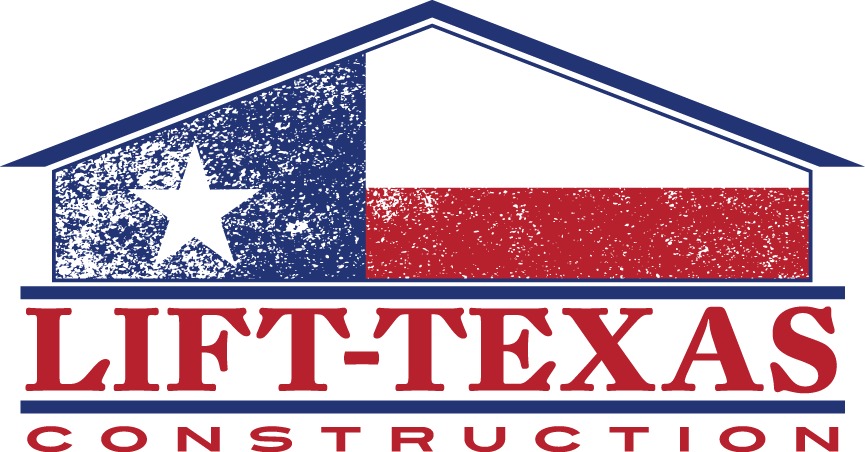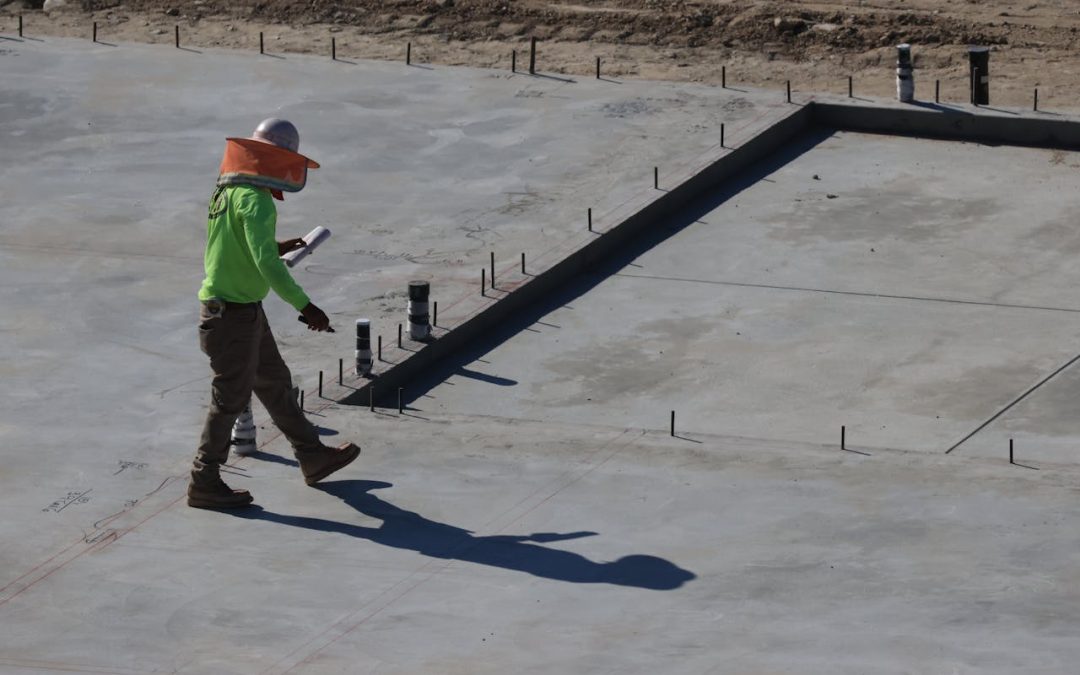The foundation of any solid structure lies not just in its construction but in the continual upkeep of its building materials—concrete being paramount among them. Regular concrete inspections are not only a preventative measure but a proactive strategy to ensure the safety and longevity of your property. Neglect in this area can lead to severe issues, ranging from minor inconveniences to major safety hazards that might compromise the structural integrity of your building.
Why is regular inspection crucial? Concrete, despite its strength, is not impervious to the ravages of time and elements. Weather conditions, soil shifts, and many other factors can cause it to crack, chip, or even crumble. These seemingly minor damages can quickly become serious problems if not addressed promptly. By conducting regular checks, you can catch these issues early on, ensuring that they are handled before posing a risk to safety or requiring significant repair costs.
Thus, understanding the importance of consistent concrete evaluation is key to maintaining a safe and structurally sound property. This awareness not only helps in detecting early signs of damage but also underscores the need for specialist intervention to manage these concerns effectively, ensuring that every corner of your property stands solid and secure.
Understanding the Importance of Regular Concrete Inspections
Regular inspections are crucial in preventing potential safety hazards and avoiding costly repairs in the long run. Concrete structures, while durable, are prone to deterioration over time due to environmental stress, load-bearing, and natural settling. These issues, if left unchecked, can escalate, causing significant structural damage that can compromise the safety of the property. By conducting routine examinations, we can identify and address minor issues before they develop into major problems, thus maintaining the integrity and longevity of the concrete infrastructure.
Moreover, regular inspections of concrete help in complying with safety regulations. Ensuring that all aspects of a building’s structure are up to code is not just a legal necessity but a moral one, ensuring the safety of all occupants. This preventive approach is more cost-effective than undergoing massive repairs following a failure. In essence, regular inspections serve not just as a measure of upkeep but as an investment in the property’s future, promoting safety and sustainability.
Key Areas to Check During a Concrete Safety Evaluation
During concrete safety evaluations, certain areas require special attention to ascertain the overall health of the structure. The first area of focus should be the foundation, including checking for any signs of settling, cracking, or movement. Attention should also be paid to load-bearing walls and concrete slabs for any signs of distress. Cracks, especially those that are wide, lengthening, or accumulating water, can be early indicators of underlying issues that need immediate rectification.
Another critical area is the examination of concrete surfaces exposed to environmental conditions, such as walkways, driveways, and other outdoor spaces. These areas are susceptible to weather-related damage like freeze-thaw cycles in colder climates, which can cause cracking and surface degradation over time. Additionally, inspecting the joints and seals between concrete sections is essential, as gaps can allow moisture to seep in, leading to further damage. By meticulously checking these key areas, we ensure the safety and functionality of the concrete, ultimately safeguarding the property and its occupants.
Common Concrete Issues and Their Impact on Safety
Concrete may be one of the most durable construction materials, but it is not without its vulnerabilities. Common issues like cracking, spalling, and efflorescence can not only diminish the appearance of a structure but also its structural integrity and safety. Cracks, for instance, might seem negligible initially, but they can widen and deepen, potentially becoming avenues for severe structural failures if water intrusion occurs and leads to the steel reinforcement within the concrete corroding.
Spalling, identified by chunks of concrete coming loose, exposes the aggregate and further weakens the structure. It often occurs in areas subjected to repeated freeze-thaw cycles or deicing salts. Efflorescence, a white powdery residue on concrete surfaces, although not harmful to structural integrity, can indicate moisture issues that could lead to more serious damage over time. Understanding these common issues is essential in prioritizing maintenance efforts and addressing the most pressing safety concerns promptly.
Creating a Maintenance Schedule for Ongoing Concrete Care
To ensure that your property remains in top condition, establishing a routine maintenance schedule for your concrete is vital. This schedule should include regular visual inspections at least twice a year—preferably in spring and fall—to identify any new or worsening damage. Additionally, after any severe weather events, it’s prudent to perform spot checks, particularly in areas known to be vulnerable to damage.
The concrete maintenance schedule should also include plans for immediate repairs to critical damage and regular treatments such as sealing to prevent moisture penetration and protect against chemical damage. By maintaining a comprehensive log of all inspections, problems identified, and repairs made, you can also track the health of your concrete over time and better plan for future maintenance and budgeting. This proactive approach not only helps in preserving the structural strength of the concrete but also ensures that safety standards are continuously met, keeping all occupants and visitors to the property safe.
Conclusion
Maintaining the integrity and safety of your property’s concrete structures is not merely about aesthetic appeal; it is about assuring safety and longevity. At Lift-Texas Construction, we understand the critical role that regular concrete maintenance plays in this endeavor. By identifying potential issues early through routine inspections and addressing them through a well-planned maintenance schedule, we help you safeguard your investment and ensure your property remains a safe environment for everyone.
If you’re looking for a reliable partner to help maintain the concrete structures at your residential or commercial property, look no further. Contact us today, and let’s elevate your property’s safety and durability to new heights with expert concrete care and maintenance solutions tailored to your needs. Learn more about our concrete leveling services.

